Dhaka, June 23 (V7N) – The International Centre for Diarrhoeal Disease Research, Bangladesh (icddr,b) has reported a sharp rise in chikungunya infections in the capital, with 140 confirmed cases identified in just the first three weeks of June. The announcement was made via a statement published on the organization's official Facebook page on Monday.
According to the statement, 140 out of 171 individuals who presented with fever and other symptoms tested positive for chikungunya through RT-PCR testing conducted at various branches of icddr,b’s diagnostic laboratories. This marks a positivity rate of approximately 82%, a figure described as "worryingly high" compared to previous years.
Health Authorities Urge Public Vigilance
The sudden rise in chikungunya cases has prompted icddr,b to issue a public advisory, urging residents of Dhaka and surrounding areas to remain vigilant and take preventive measures seriously. The center highlighted that the current rate of transmission poses a significant public health concern, especially during the monsoon season when mosquito-borne diseases tend to peak.
What Is Chikungunya?
Chikungunya is a viral disease transmitted to humans through the bite of infected Aedes mosquitoes—the same vector responsible for dengue and Zika virus. Symptoms typically include high fever, severe joint pain, muscle aches, headaches, and rashes. While the disease is rarely fatal, it can cause prolonged joint discomfort and fatigue lasting weeks or even months.
Health experts warn that unlike dengue, chikungunya often causes more intense joint pain and swelling, which can severely impact a person’s mobility and daily function.
Comparative Concern
Although Bangladesh has experienced periodic outbreaks of chikungunya in the past—most notably in 2017—this year’s early-season surge has raised alarms among healthcare professionals. An 82% infection rate among symptomatic individuals is significantly higher than typical seasonal averages, suggesting increased viral circulation in mosquito populations or lapses in vector control.
Preventive Measures Advised
In its advisory, icddr,b emphasized the importance of:
-
Eliminating standing water from pots, buckets, and open containers
-
Using mosquito repellents and bed nets
-
Wearing long-sleeved clothing
-
Seeking early diagnosis and treatment if symptoms appear
Local authorities have also been urged to intensify fogging and community awareness campaigns to mitigate the spread.
Conclusion
As monsoon rains continue and the risk of mosquito breeding increases, public health officials are calling for coordinated efforts to prevent a full-scale outbreak. Residents are advised to stay informed, take personal precautions, and seek medical attention promptly if chikungunya symptoms appear.
END/RH/SMA/




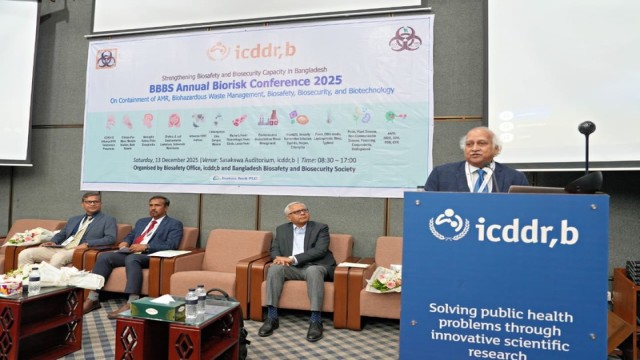
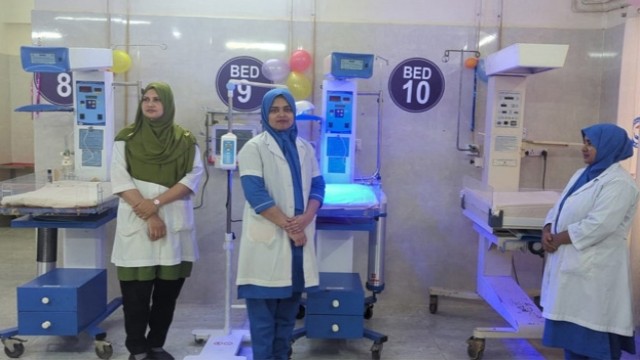
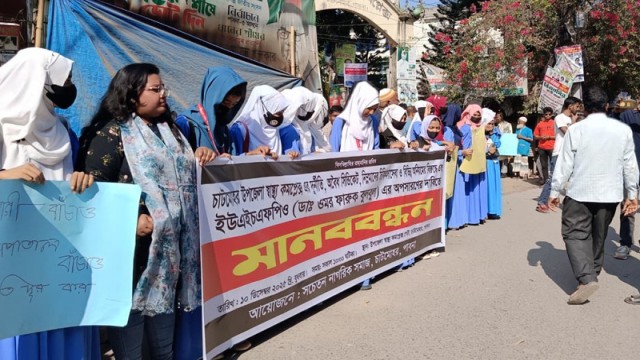
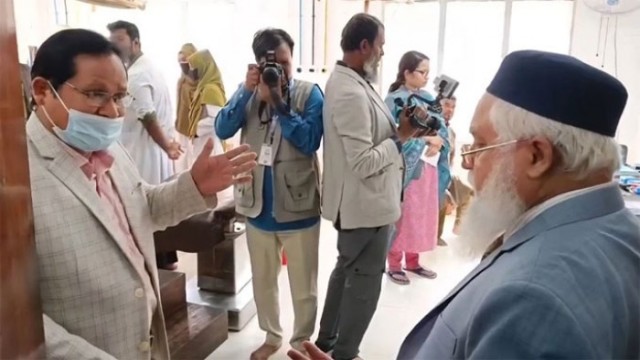
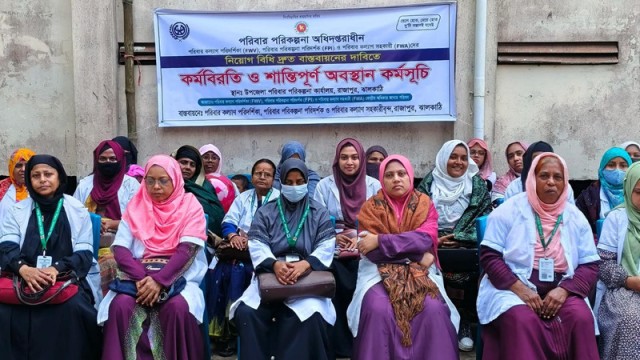
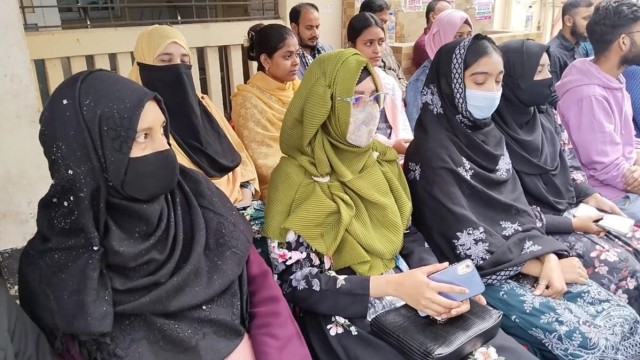
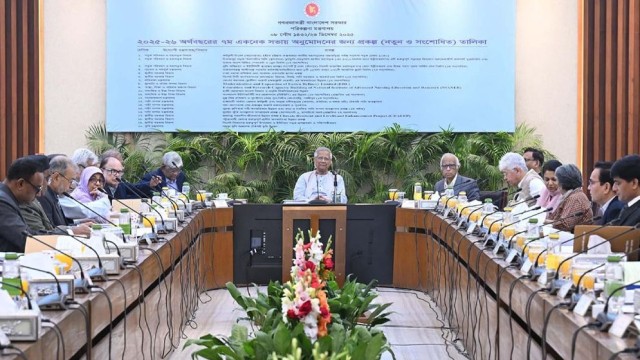
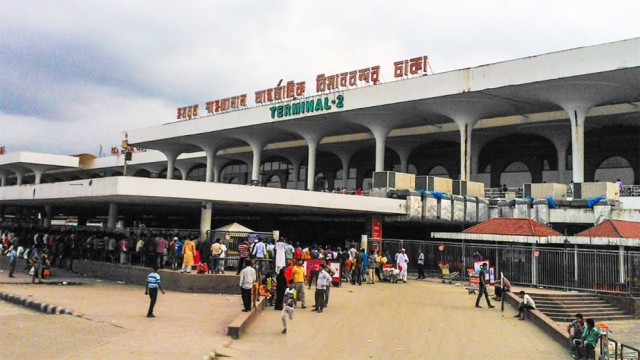






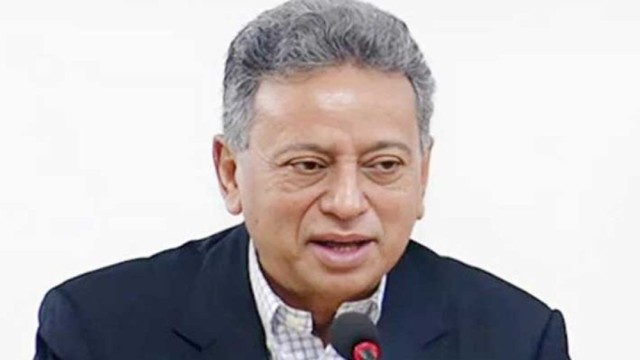







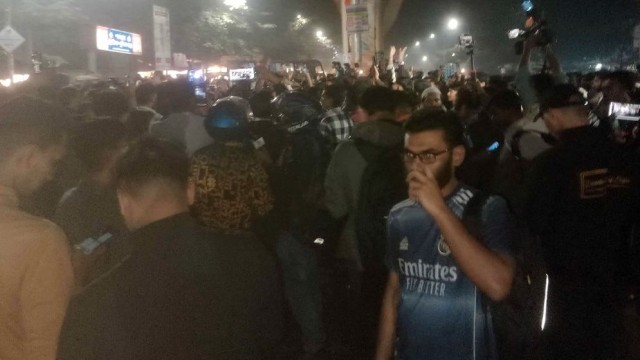




Comment: